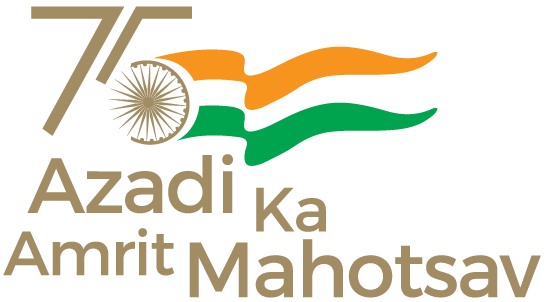Rural Development implies both economic betterment of the people and ensuring better quality of life. India lives in its villages and, therefore, the development of rural areas have been among the central concerns of development planning since its inception. As per the 2001 Census, 50.50 % of the population in Mizoram lives in the rural areas whose main occupation is agriculture and allied activities.
The endeavor of Rural Development Department has been, apart from promoting infrastructure for improving productivity and social development in rural areas, to reach out by a frontal attack on rural poverty, through programmes of asset building, income generation and wage employment.
The origin of the Rural Development Department in Mizoram may be traced back when India gained independence in 1947. Mr S.K. Dey (1905-1989), who piloted and steered the course of community development in the challenging, formative period of India’s independence as Cabinet Minister of Cooperation and Panchayati Raj under the prime ministership of Jawaharlal Nehru, stressed that democracy cannot be practiced by a "galaxy of Government servants through long-distance control", and called for a democracy "traveling from the Parliament to the Panchayat". The vitality of Dey prompted Jawaharlal Nehru to put him at the helm of Rural Development of independent India. He framed the Community Development Programme which culminated in the birth of Community Development Blocks in 1953 all over the country.
A number of Community Development (CD) Blocks also came into existence in Mizoram, then known as the Lushai Hills District which was a part of the State of Assam. Each CD Block was headed by a Project Executive Officer. These CD Blocks were engaged in a wide range of developmental works and the ‘Community Development’ programmes envisaged development in the fields of agriculture, animal husbandry, public health, social education, co-operation, communications etc. in selected areas.
In 1972, Mizoram attained the status of Union Territory and more CD Blocks were created thus totalling 20 (twenty) CD Blocks. This period also saw many works under Community Development Project being re-allocated amongst newly created Departments. Community Development Project, then under the administrative control of the Deputy Commissioner, was also placed under a new Directorate of Community Development. In 1983-1984, the name was changed to Rural Development Department. Presently, there are 26 (twenty six) RD Blocks in Mizoram.
These RD Blocks are Tlangnuam (created16.08.1953), Lunglei (created 02.10.1956), Thingdawl (created 01.11.1956), Lawngtlai (created 01.02.1959), Serchhip (created 04.08.1961), Hnahthial (created30.03.1963), Lungsen (created 11.01.1969), Thingsulthliah (created 07.01.1974), West Phaileng (created 31.01.1974), Ngopa (created 01.04.1974), Aibawk (created13.08.1974), Darlawn (created13.08.1974), E. Lungdar (created13.08.1974), Khawzawl (created13.08.1974), Reiek (created19.08.1974), Sangau (created 27.08.1974), Chawngte (created 27.08.1974), Zawlnuam (created 28.08.1974), Bunghmun (created 09.09.1974), Tuipang (created 19.07.1974), Khawbung (created 20.06.1995), Phullen (created 05.04.2001), Bilkhawthlir (created 08.08.2004), Saiha (created 11.11.2005), Champhai (created17.11.2005) and Bungtlang ‘S’ (created 01.03.2006) RD Blocks.
Today, the Department is headed by a senior Cabinet Minister. There is a Secretary to the Government of Mizoram as the head of the Administrative Department i.e. the Secretariat. State Level Monitoring Cell and Internal Audit Cell (SLMC&IAC) is part and parcel of the Secretariat engaged in monitoring of works under Rural Development Department. The Directorate is headed by a Director who executes functions as the apex line department at the State level. State Institute of Rural Development (SIRD) has been established at Kolasib. At the districts, there are the District Rural Development Agencies (DRDAs) whose governing board is chaired by the Deputy Commissioner and has a full-time Project Director. At the Block level, there is Block Development Officer.
Page Links: https://rd.mizoram.gov.in/page/welcomep
Welcome
Department Updates
- Advisory for better implementation of Rural connectivity works under MGNREGA
- Human Resource Manual for Contractual Employees Under MGNREGA
- Re-Fixing of inter se-seniority list of employees
- Appointment of Director, SIRD&PR
- Syllabus for MIS Nodal Officer under PMAY-G, Directorate of Rural Development
Government of Mizoram Latest News

















